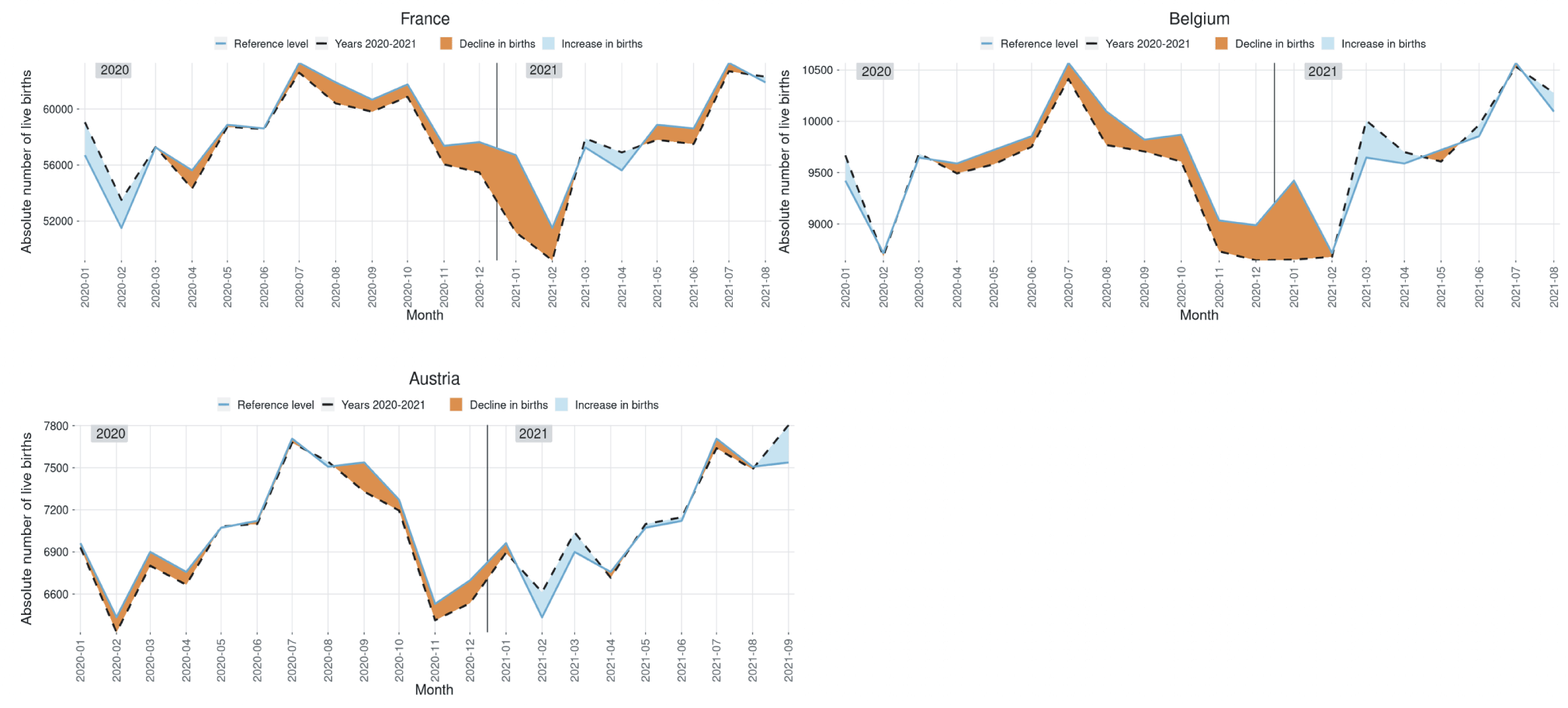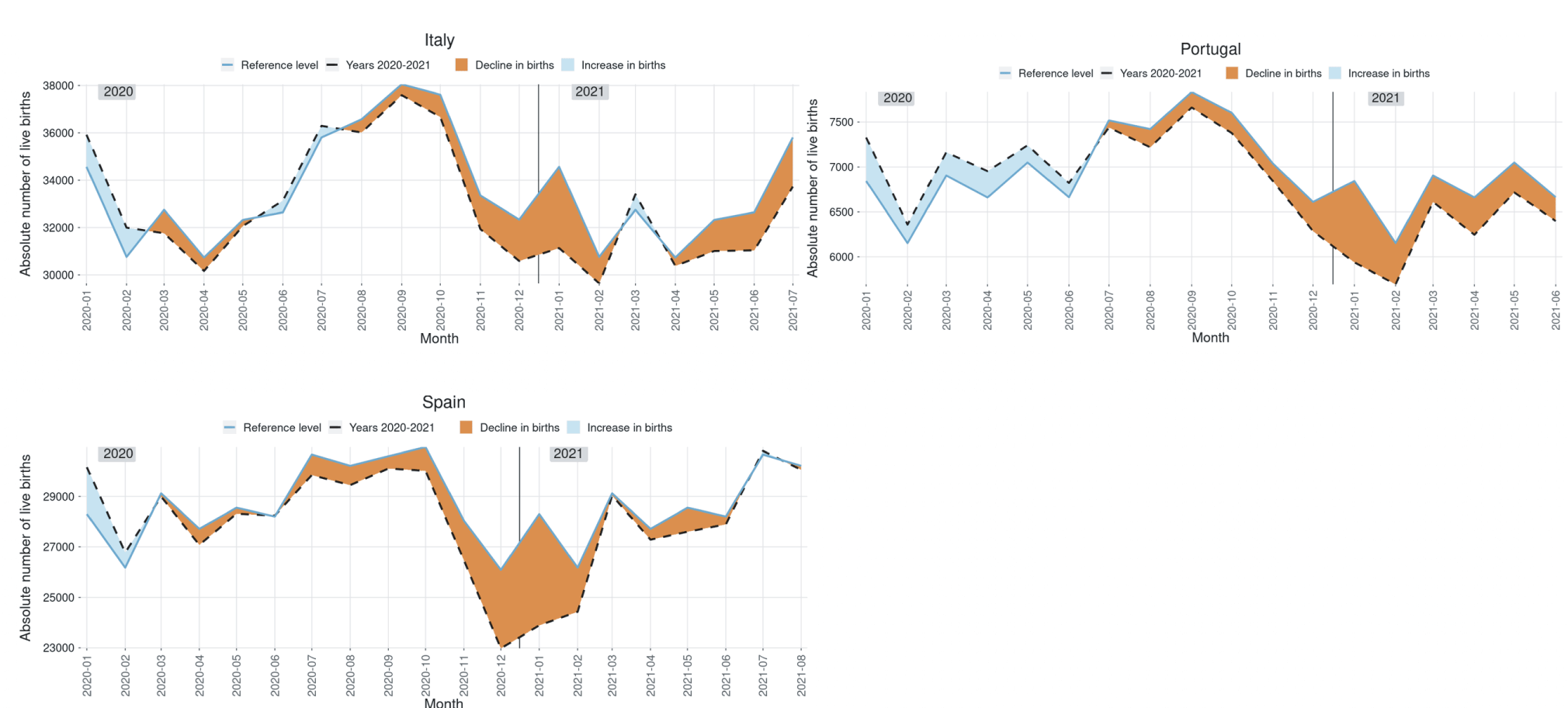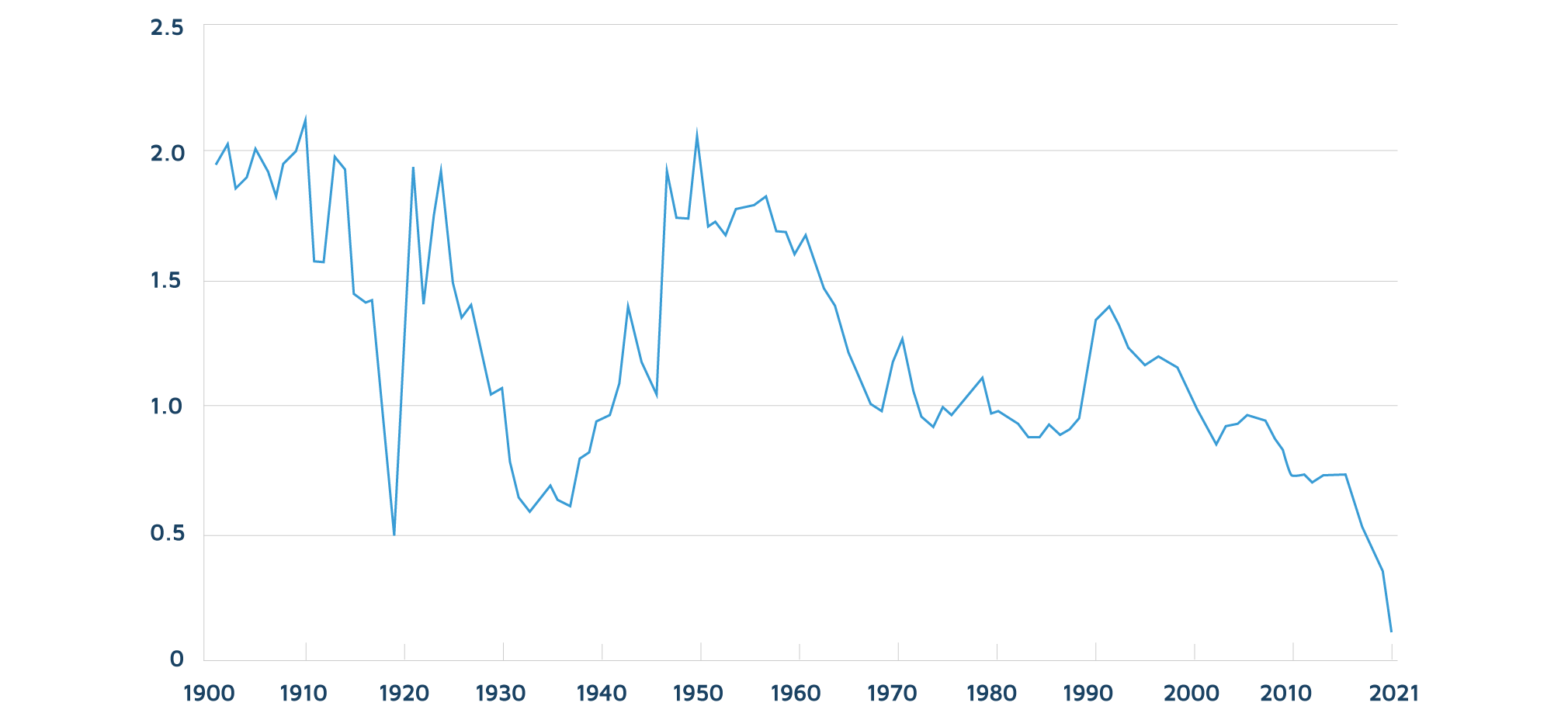Although the pandemic temporarily affected the global fertility rate, most countries are now recovering from this decline according to the United Nations Population Fund (UNFPA). However, even before the pandemic, countries such as Italy and the USA had been recording a dramatic decline in the number of births per month.
A UNFPA study reveals that while there has been no dramatic change in the fertility rate due to the coronavirus pandemic, countries did however record short-term fluctuations in fertility with a subsequent recovery to previous trends. Overall, the first signs of this reduction were registered after the pandemic hit in 2020. However, a notable decline in fertility compared to pre-pandemic levels was recorded between November 2020 and January 2021. In Europe, not every country experienced a fall in the number of monthly births associated with the early outbreak of the pandemic. For instance, countries such as Denmark, Norway, Sweden, Finland, Germany, the Netherlands, and Slovenia did not record clear evidence of the negative impact of the pandemic. However, EU member states such as France, Belgium, and Austria recorded a drop in monthly births throughout January and February 2021 albeit with a subsequent recovery to previous levels.
Fig.1. Fertility rates in France, Belgium, Austria

In central European countries such as Hungary, Croatia, and Slovenia, the fertility rates dropped only slightly after October 2020. Meanwhile, Southern European countries such as Italy, Portugal, and Spain were the most affected by the early outbreak of the pandemic with a significant drop in fertility during September and October 2020. However, while Italy and Spain have already recovered from the decline, Portugal has not yet returned to previous levels. At the same time, even before the pandemic, Italy had been recording a dramatic decline in the country’s fertility rate having reached its lowest level since 1861 in 2020.
Fig.2. Fertility rates in Spain, Italy, Portugal

In the United States, the fertility rate had already fallen significantly even before the pandemic while this had further declined by November 2020. In 2021, the country recorded only a 0.1% population growth rate, a record-level low rate compared to any other year in the country’s history.
Fig.3. Annual percent change in the U.S. population: 1900 – 2021

As for the developing economies, the study reveals four trends in the countries observed. Countries such as Cuba, Brazil, Mongolia, Georgia, Colombia, and Iran recorded steady trends of monthly fertility rates (in the case of Colombia and Iran, quarterly rates). Other countries such as Thailand, Peru, and Ukraine experienced a slight drop in fertility rates at the beginning of 2021 followed by a subsequent recovery phase. Bolivia and Moldova recorded a larger fertility decline after the early outbreak compared to pre-pandemic levels. Bhutan, Benin, Kosovo, and Bangladesh registered a temporary rise in fertility rates after the early outbreak with a subsequent return to pre-pandemic trends.
Overall, from 1990 to 2019, the total birth rate dropped from 3.2 to 2.5 live births per woman. In 2020, 50% of the world’s population resided in countries where the lifetime fertility was below 2.1 live births per woman. The highest birth rate in 2021 (births per woman) was recorded in Niger (6.91 births per woman), followed by Angola and Congo with 5.9 and 5.7 births per woman respectively. In 2021, the lowest fertility rate was recorded in Taiwan with 1.07 births per woman, followed by South Korea and Singapore with 1.09 and 1.15 births per woman, respectively.

